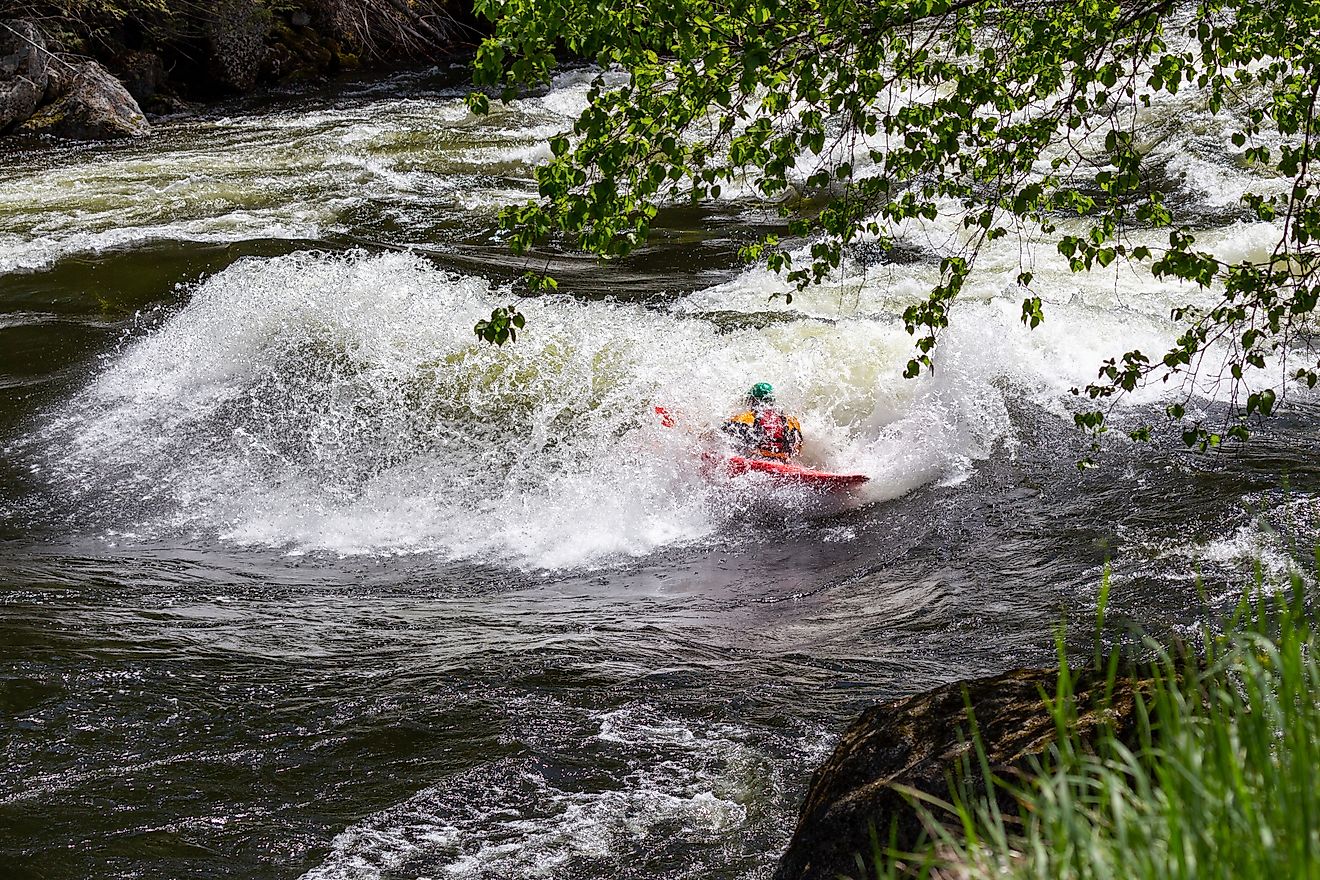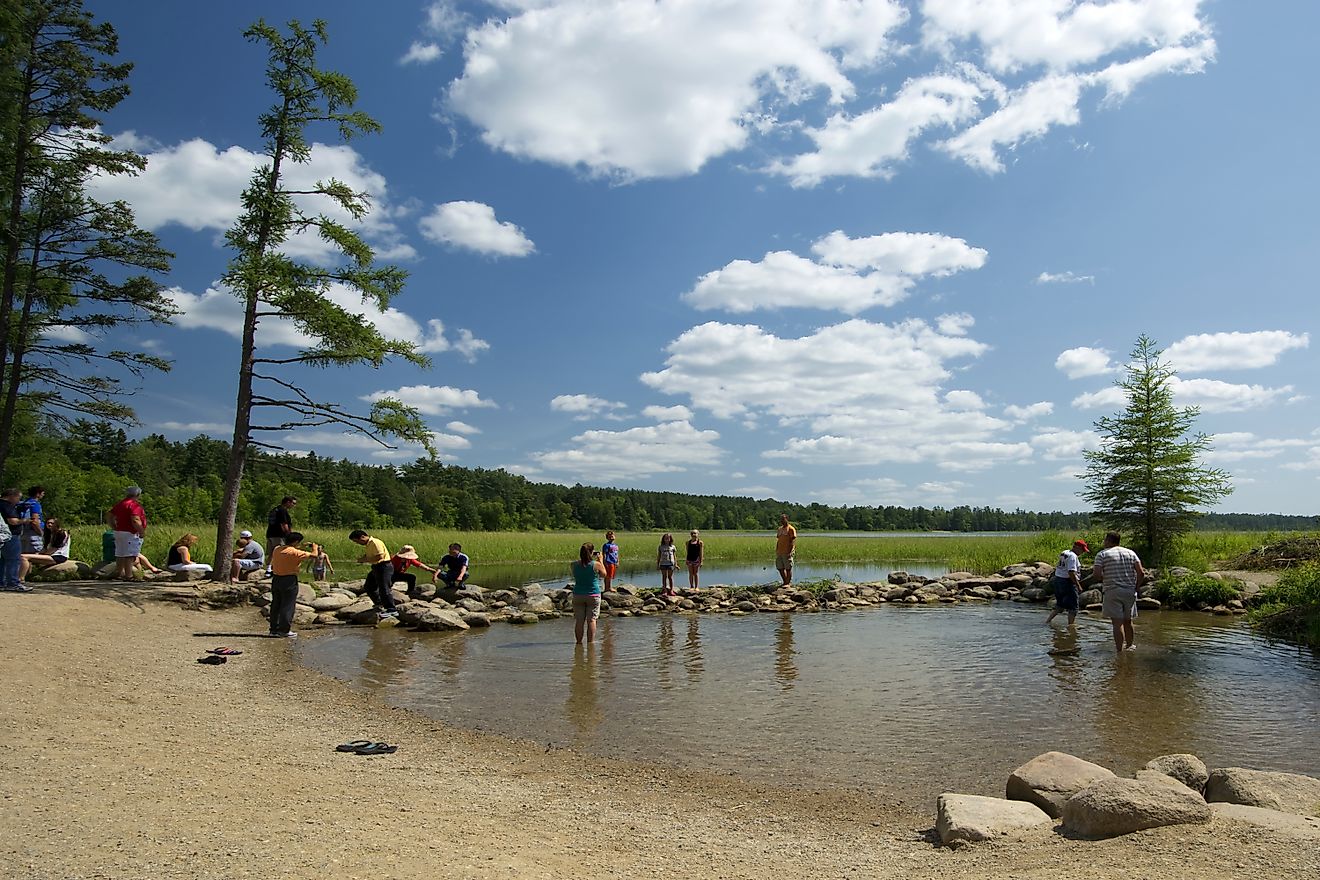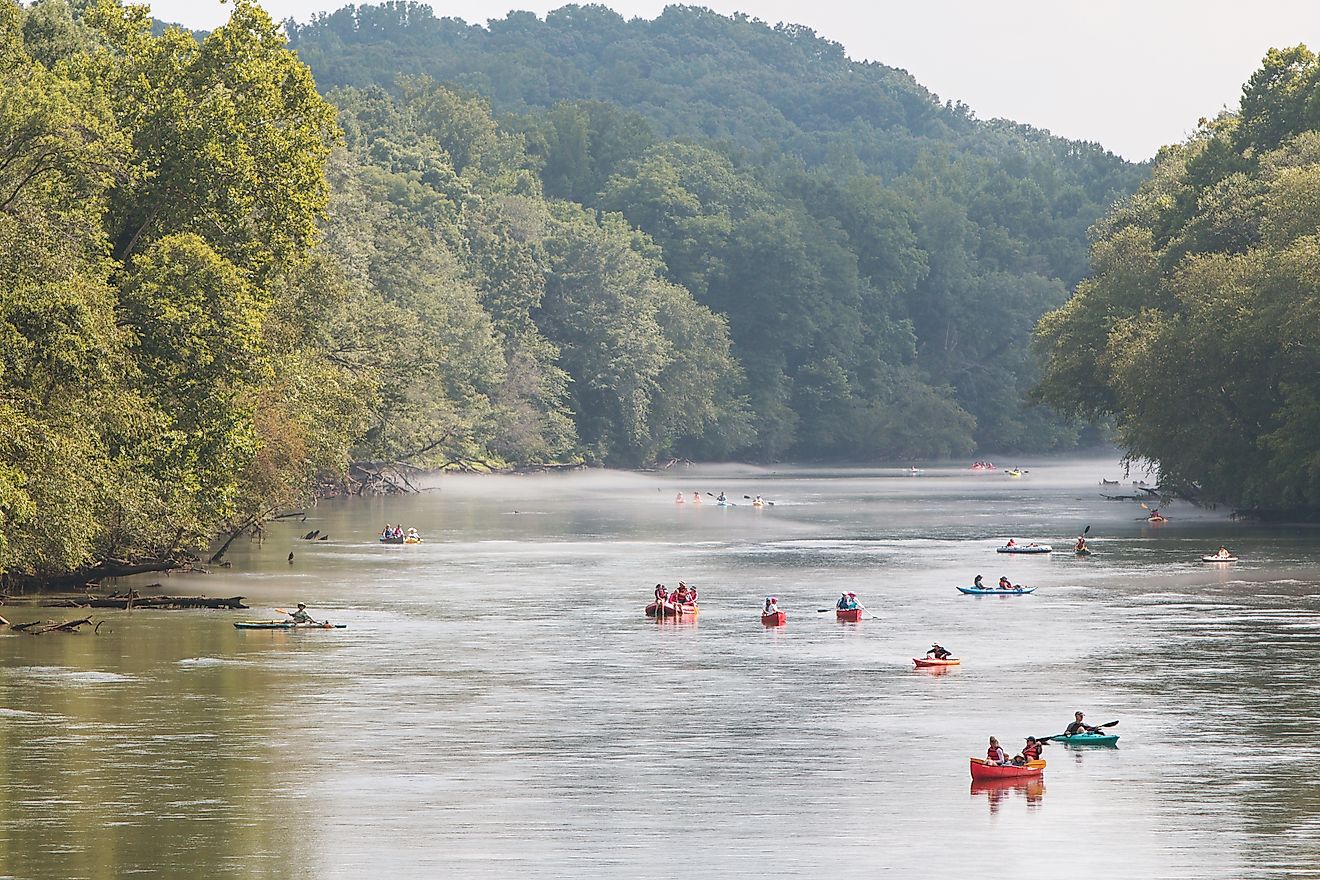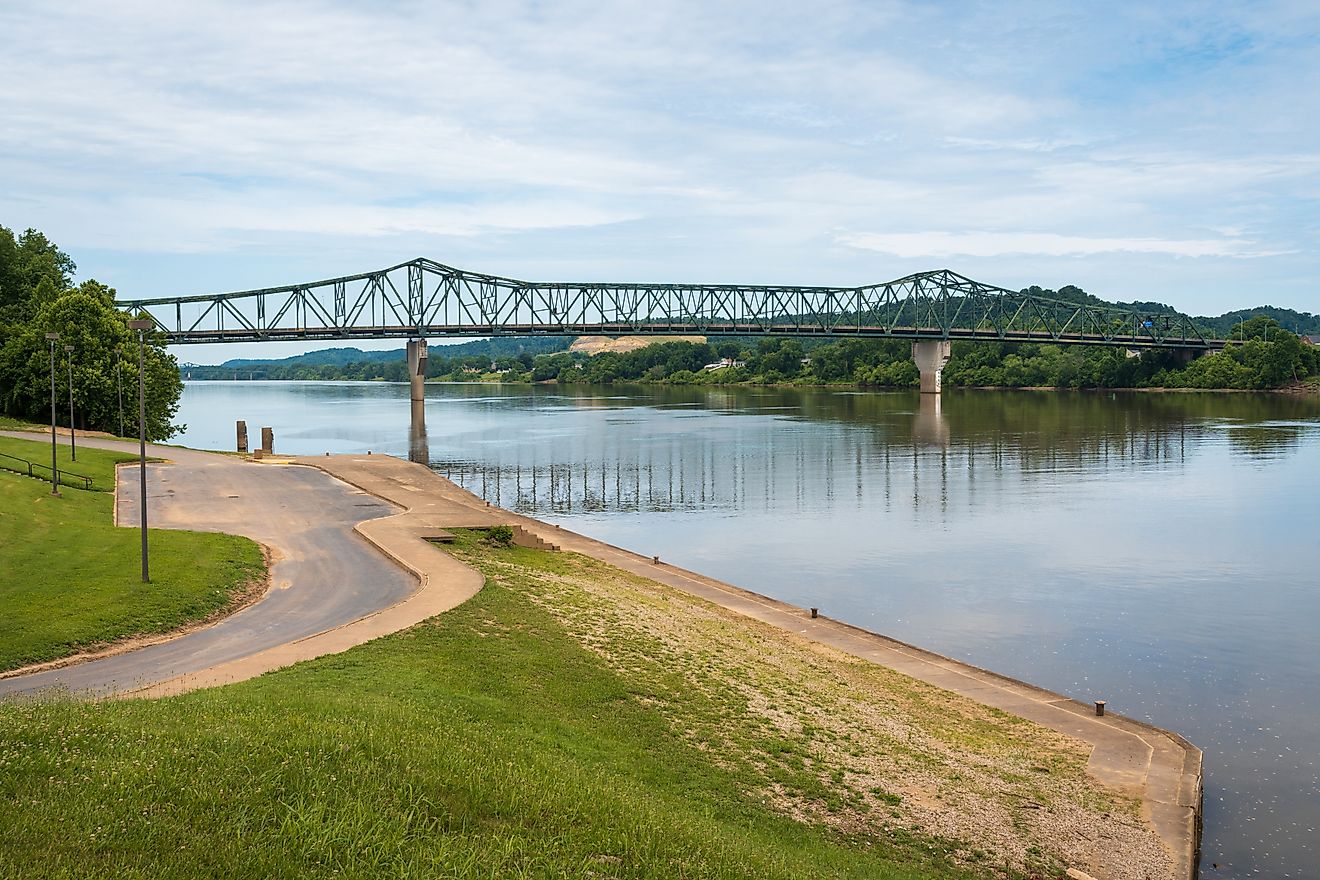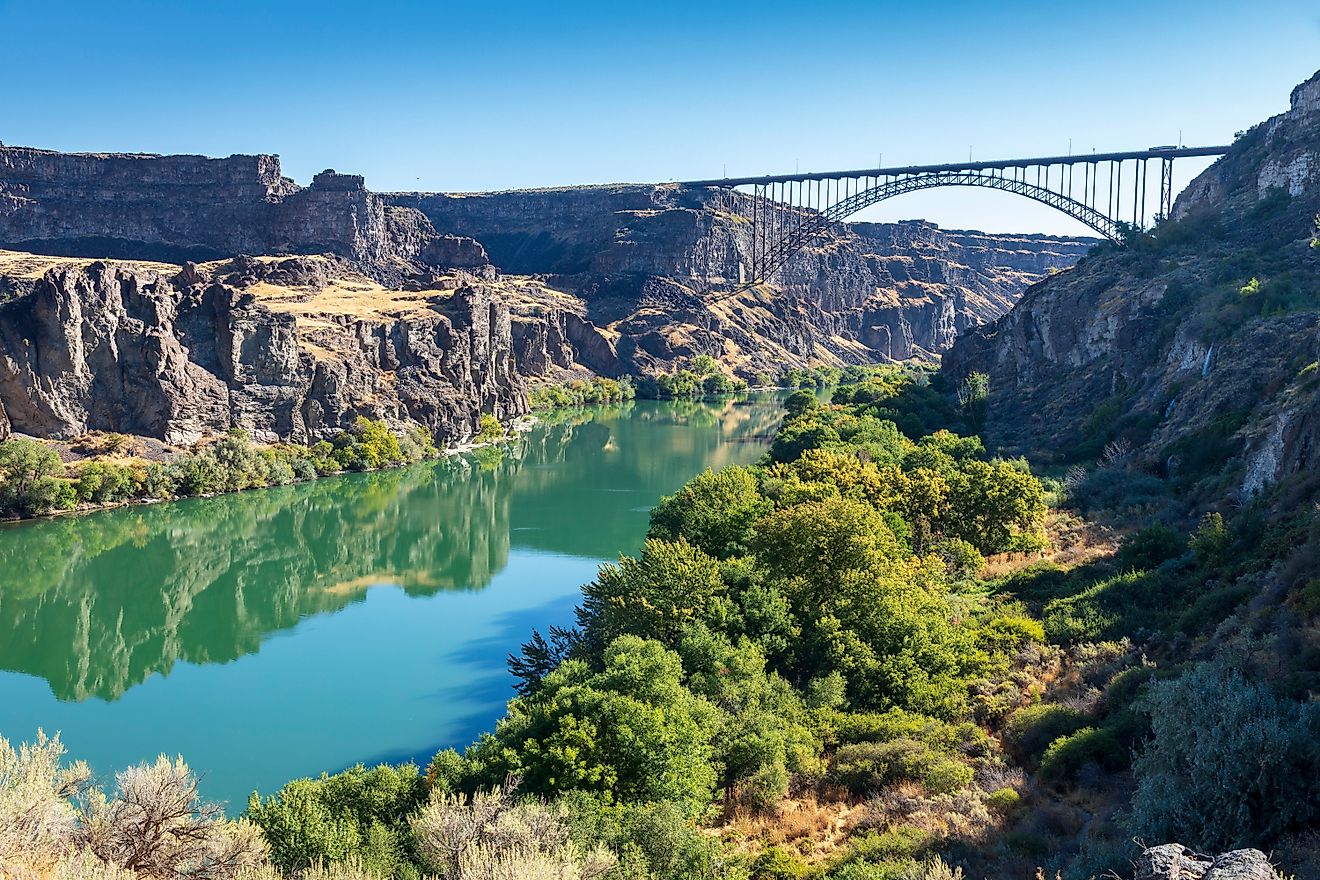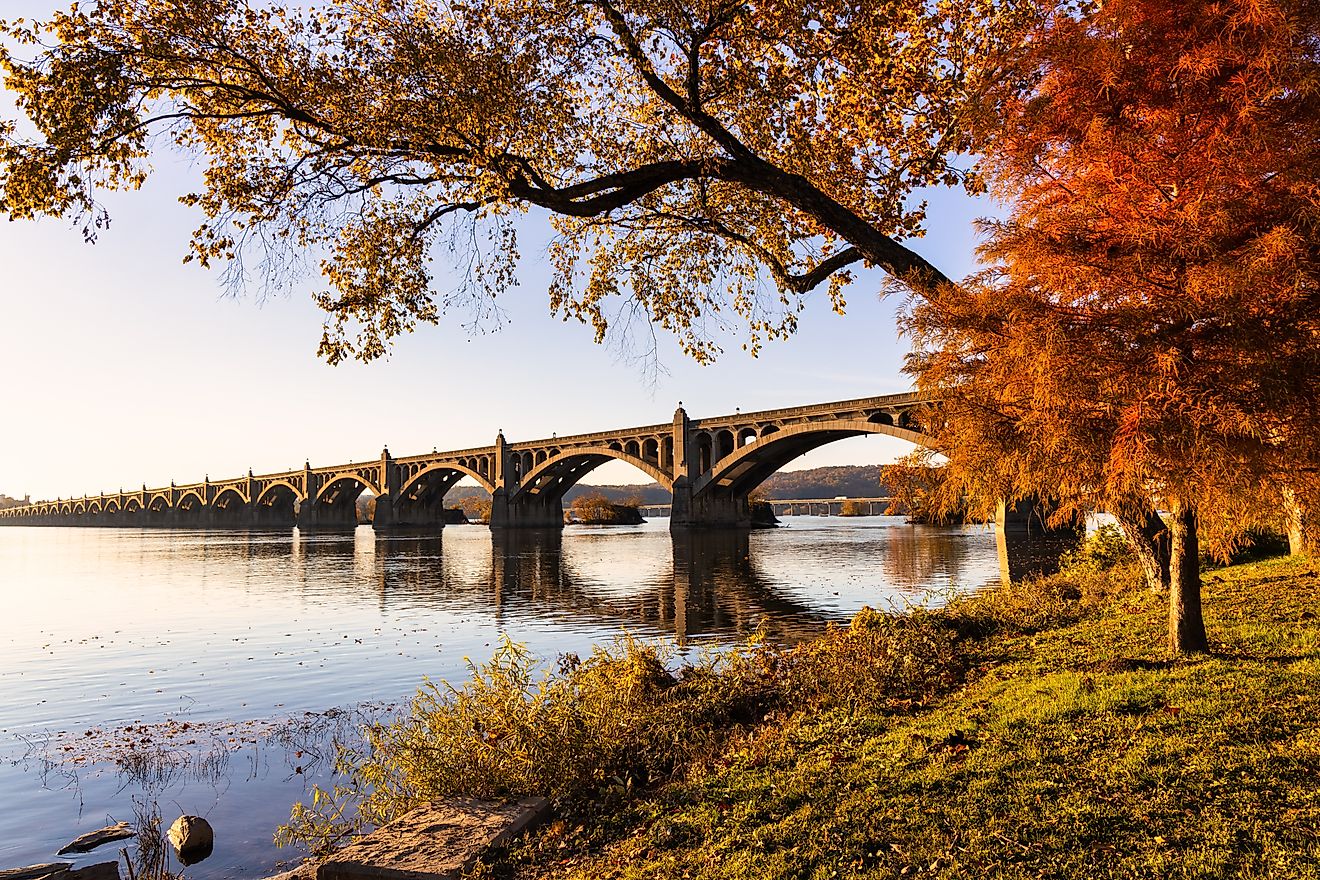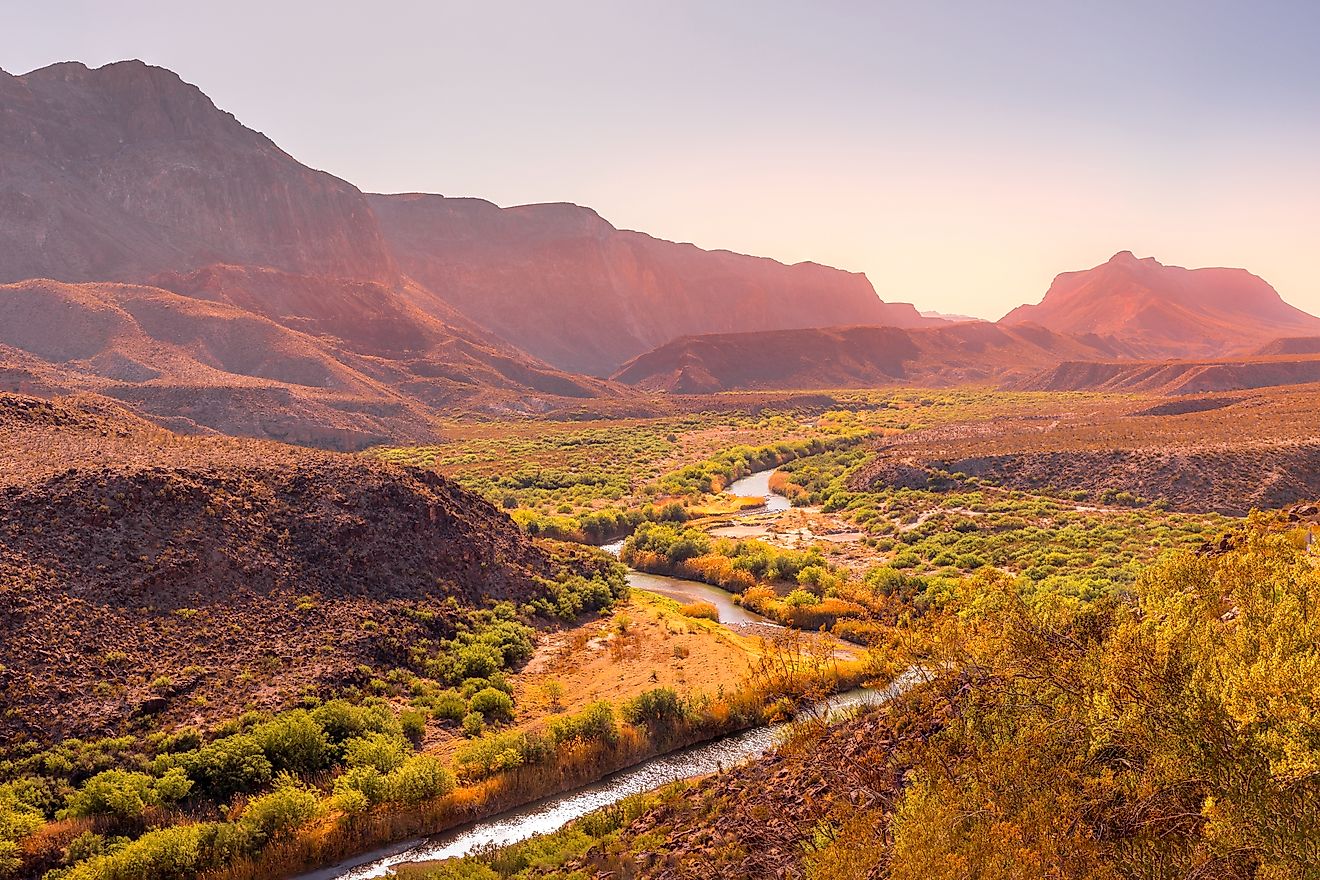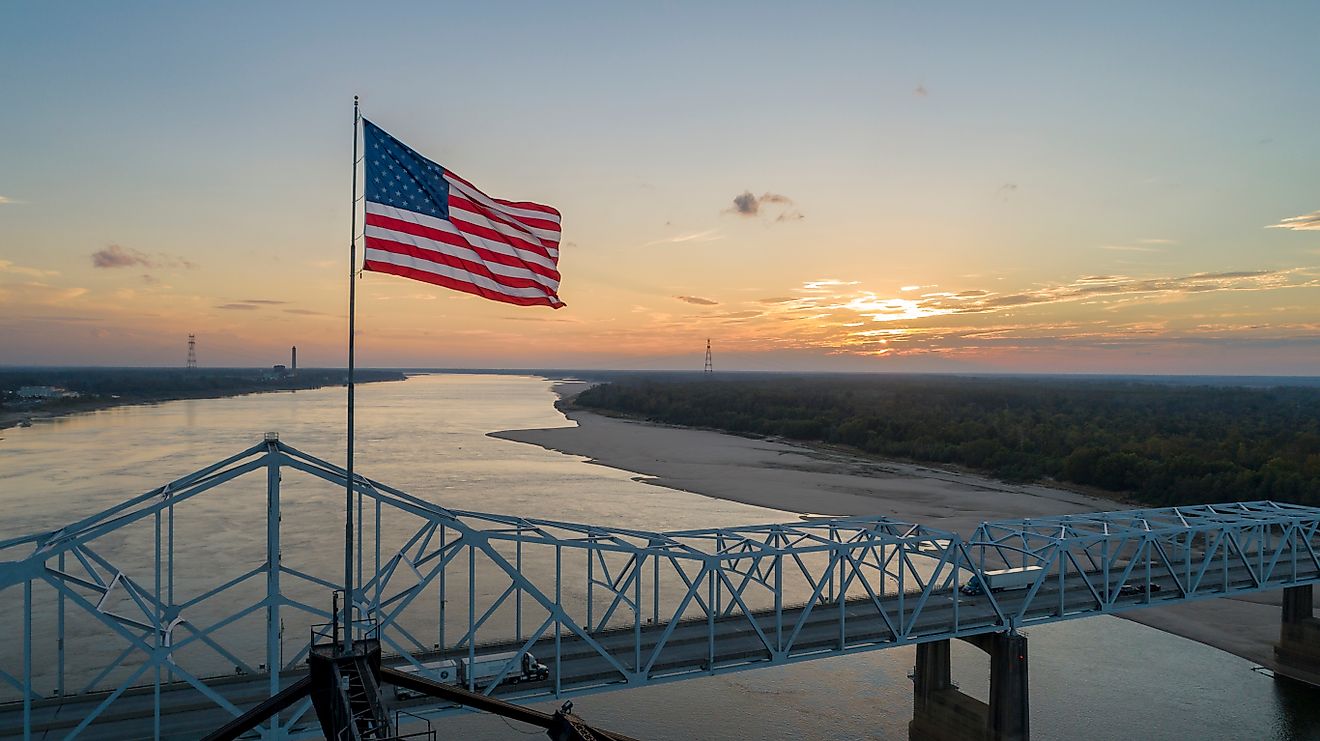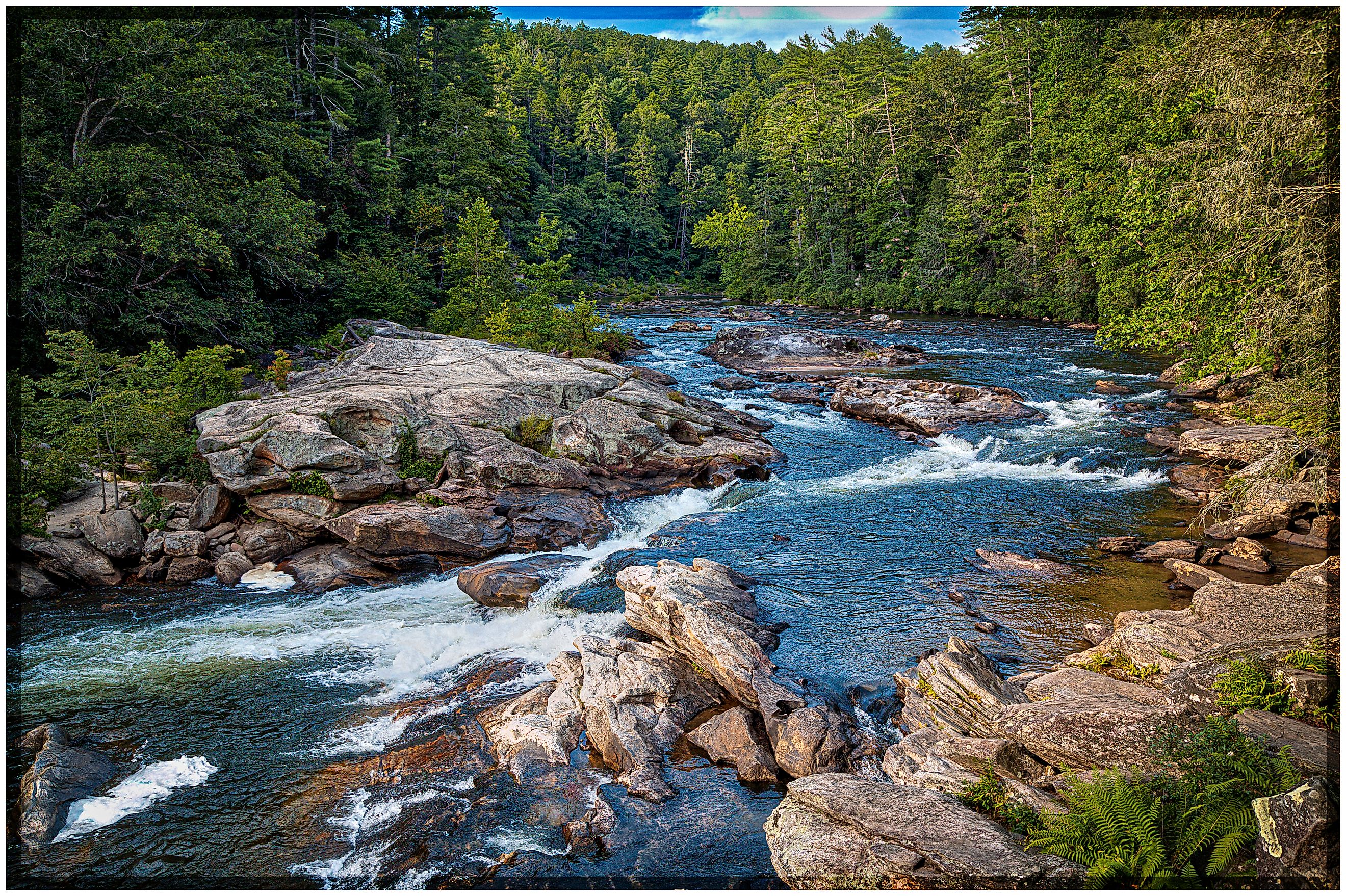
Chattooga River
The Chattooga River, winding its way through the southeastern United States, is more than just a beautiful body of water. It is a federally protected Wild and Scenic River, a boundary between states, a cultural landmark, and a whitewater rafting paradise. From its remote headwaters in North Carolina to its wild descent into Georgia and South Carolina, the Chattooga offers a mix of adventure, history, and pristine wilderness that sets it apart from any other river in the eastern United States.
Where Is the Chattooga River?

The Chattooga River originates in the Blue Ridge Mountains of southwestern North Carolina, near the town of Cashiers. From there, it flows 57 miles southwest through rugged terrain, forming the border between Georgia and South Carolina before emptying into Lake Tugalo. The river eventually merges with the Tallulah River to form the Tugaloo River, which feeds into the Savannah River and ultimately the Atlantic Ocean.
Its journey through three states and untouched landscapes makes the Chattooga one of the most scenic rivers in the Southeast.
A Wild and Scenic Designation
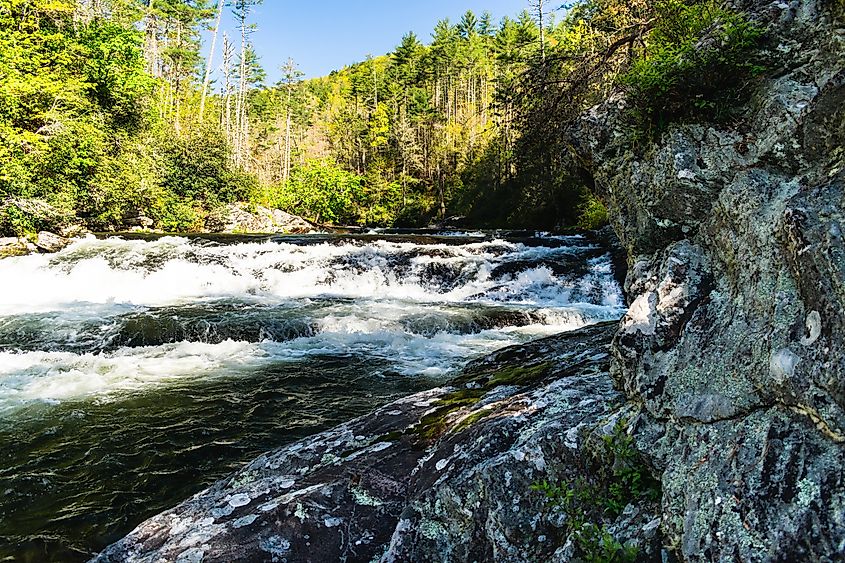
In 1974, the Chattooga River received federal protection as a National Wild and Scenic River. This designation covers nearly its entire 57-mile length. About 40 miles are classified as "wild," which means they are only accessible by trail. A few miles are designated "scenic" or "recreational," where roads and development are minimal but present.
This protection means no dams, no roads along the riverbanks, and limited access points. It ensures that the Chattooga remains in a mostly natural state, offering a rare glimpse into an untamed Appalachian river ecosystem.
River Sections: From Calm to Chaos
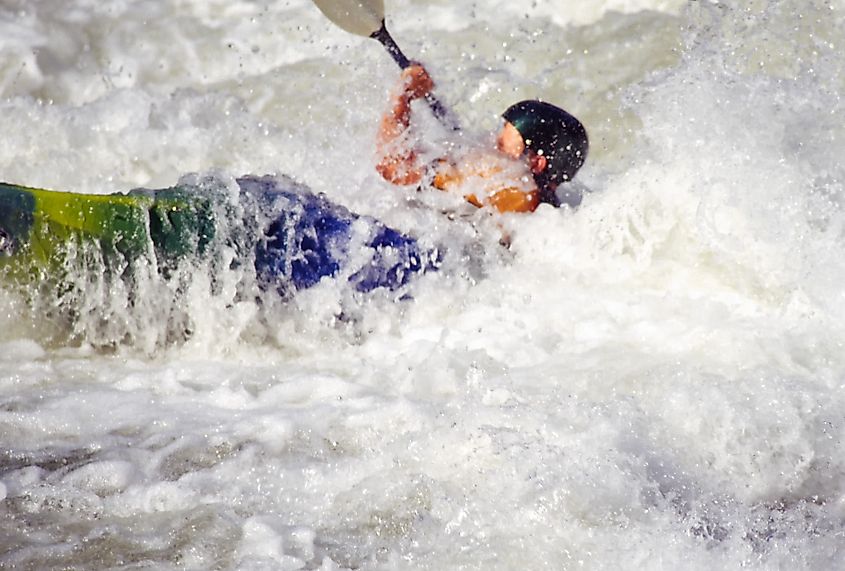
The Chattooga River is divided into several sections, each offering a unique experience depending on your appetite for adventure.
-
Section 00 to Section 1: These upper stretches are small and shallow, ideal for fishing or scenic hikes. Boating is either restricted or impossible due to low water levels.
-
Section 2: This area features gentle rapids, mostly Class II, making it suitable for beginner paddlers or families with children. It's a great introduction to the river without the adrenaline rush.
-
Section 3: Things start to pick up here with Class II to IV rapids. This section includes Bull Sluice, a famous rapid that attracts rafters, kayakers, and curious spectators. It is challenging but navigable by intermediate whitewater enthusiasts.
-
Section 4: The crown jewel of Southeastern whitewater rafting, this section includes the notorious Five Falls. These are five rapids in quick succession: Entrance, Corkscrew, Crack-in-the-Rock, Jawbone, and Sock-em-Dog. This stretch is only for advanced paddlers and guided tours, offering some of the most intense whitewater action in the East.
Rafting Culture and Access
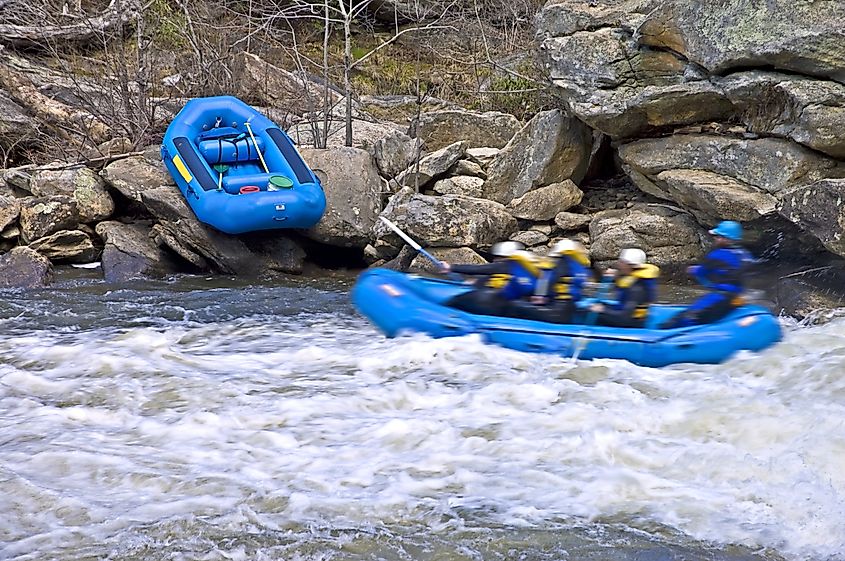
The Chattooga River is unique in that it remains undeveloped along its banks. There are no roads paralleling the river, so access requires a bit of effort. Rafters and kayakers must hike in to reach put-in and take-out points, and trips often involve multi-hour or full-day adventures.
Guided rafting trips are available and highly recommended, especially for Section 3 and Section 4. These tours include experienced guides, safety equipment, and logistics, allowing visitors to enjoy the river's thrills without worrying about the details.
Commercial rafting companies typically operate from spring through fall, with peak flows occurring in the spring due to snowmelt and rainfall. The Chattooga is a free-flowing river, meaning its water level is entirely dependent on natural conditions. That unpredictability adds to its appeal for seasoned whitewater fans.
A Movie Star River
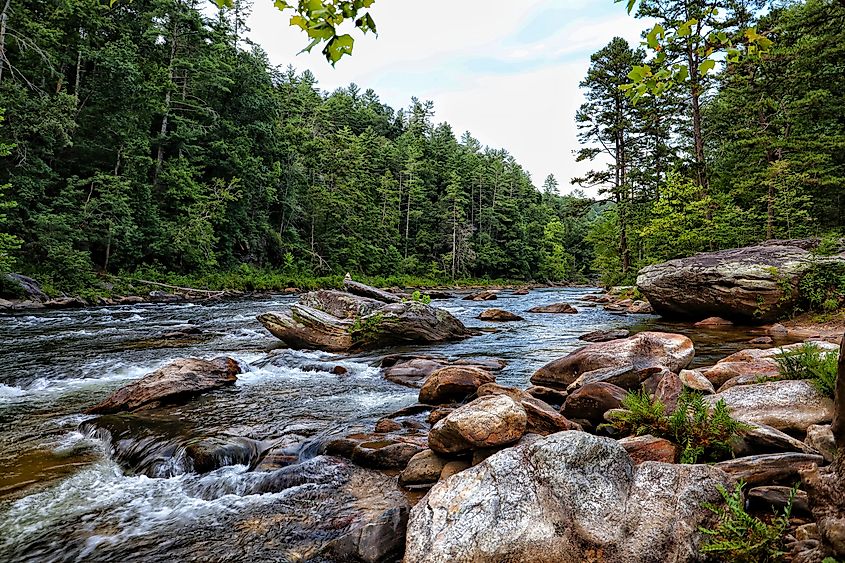
Many people first learned of the Chattooga River from the 1972 film Deliverance, based on the novel by James Dickey. The movie used the river's wild and rugged scenery as the backdrop for its harrowing story, bringing national attention to the Chattooga and cementing its place in pop culture.
Though the movie gave the river a certain mystique, the real Chattooga is far more than a film location. Its natural beauty, diverse ecosystems, and thrilling rapids have attracted generations of outdoor lovers.
Geological History
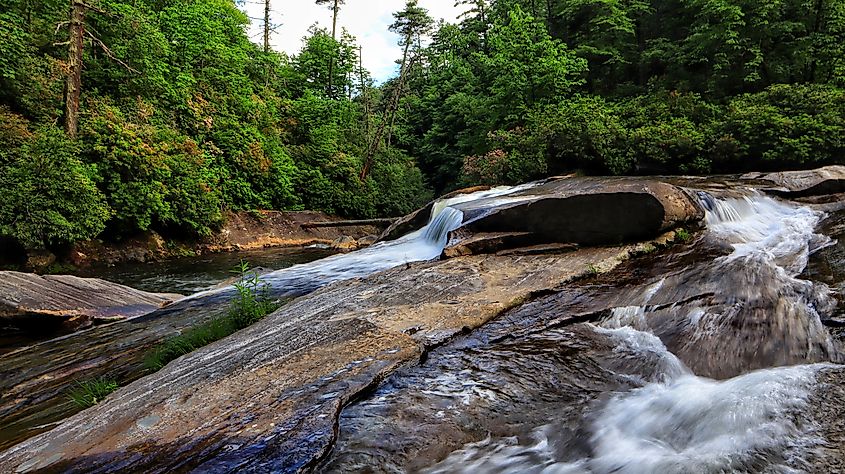
The Chattooga River flows through some of the oldest rock formations in North America. The surrounding Blue Ridge Mountains are ancient, shaped by tectonic collisions and erosion over hundreds of millions of years. The river's course has changed over time. Geologists believe it once flowed southwest into the Chattahoochee River but was diverted eastward as the Savannah River eroded its headwaters.
Boulders and rock formations along the riverbed continue to shift during powerful storms. After Hurricane Ivan in 2004, flow rates surged to over 26,000 cubic feet per second, rivaling major rivers like the Colorado. Massive boulders were dislodged, reminding everyone of the river's raw power.
Ecology and Biodiversity
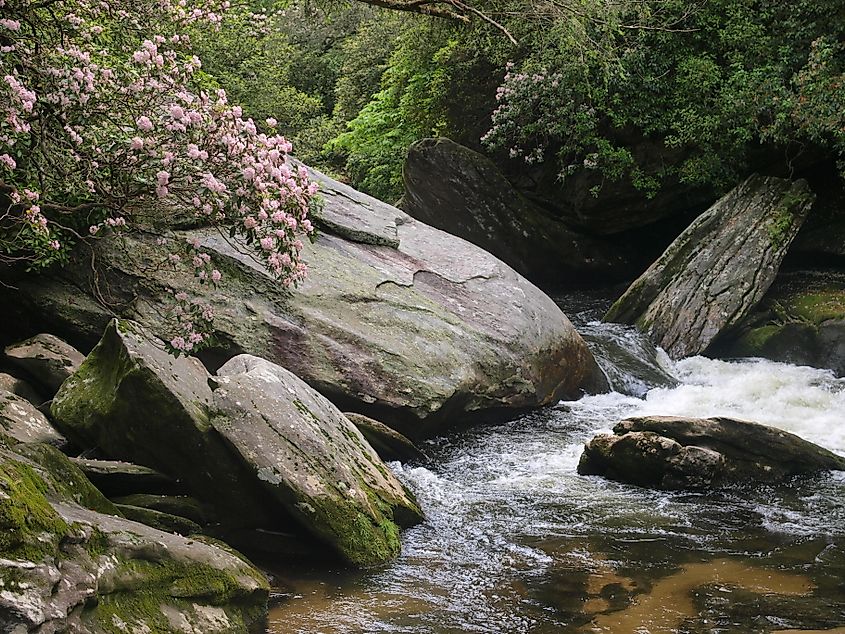
The Chattooga River basin is rich with biodiversity. Its forested corridors are home to black bears, deer, wild turkeys, and a variety of amphibians. The river itself supports trout and other fish species, while birds like kingfishers and herons frequent its banks.
One of its tributaries, Stekoa Creek, has faced pollution issues in recent years. Non-profit organizations such as the Chattooga Conservancy are working to clean up the creek and protect the larger watershed.
In spring, the riverbanks burst into bloom with mountain laurel and rhododendron, making it a stunning destination for nature photographers and hikers.
A Wilderness Experience
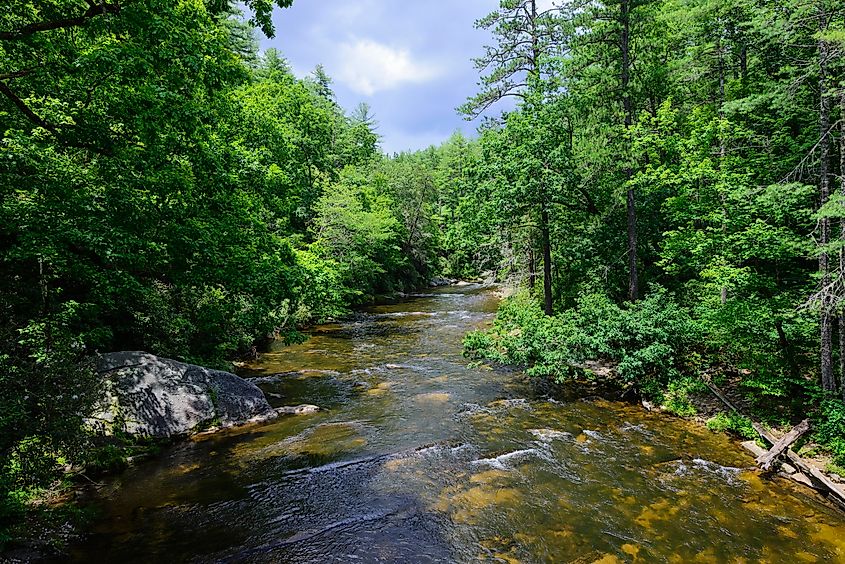
The remoteness of the Chattooga River adds to its charm. Much of the river flows through the Ellicott Rock Wilderness, a protected area that spans Georgia, South Carolina, and North Carolina. Named after a boundary marker placed in 1811, this wilderness area is among the most rugged in the South.
Camping, hiking, and fishing are popular activities in the surrounding Chattahoochee, Nantahala, and Sumter National Forests. With limited cell service, minimal development, and deep forest surroundings, a visit to the Chattooga feels like stepping back in time.
Safety on the River
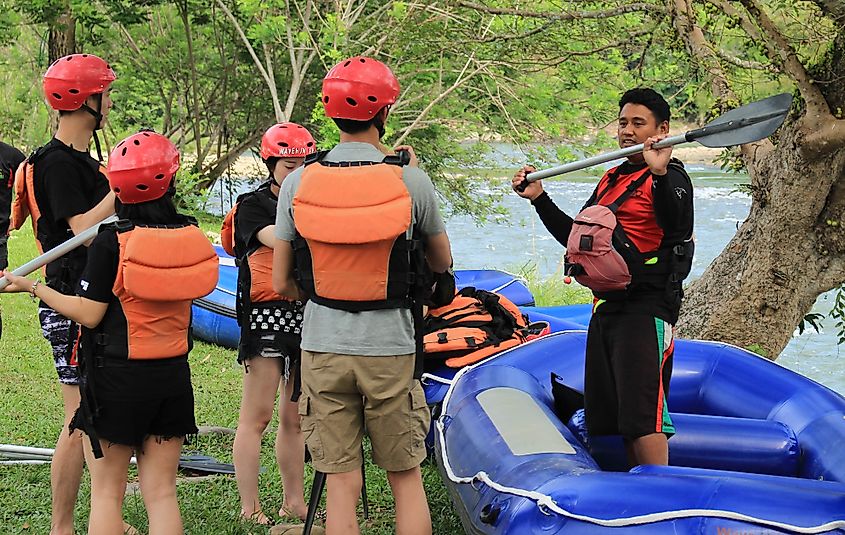
The Chattooga is not without its dangers. It has claimed lives over the years, particularly in its more difficult sections. Swift currents, undercut rocks, and cold water temperatures demand caution and experience.
Helmets and personal flotation devices are mandatory, and paddlers should always scout unfamiliar rapids. Commercial rafting companies adhere to strict safety protocols, making them the best option for visitors unfamiliar with the river.
Preserving the Wild

Conservation efforts continue to keep the Chattooga wild. The U.S. Forest Service works alongside local groups to monitor visitor impact, manage trails, and educate the public about Leave No Trace principles.
Visitors are encouraged to respect the river and its surroundings by packing out trash, staying on marked trails, and following all posted regulations. These small actions help ensure the Chattooga remains pristine for future generations.
Final Thoughts
The Chattooga River is more than a waterway. It is a symbol of the untamed wilderness that still exists in the southeastern United States. Its rapids provide heart-pounding excitement, while its forests and history offer depth and serenity.
For those seeking a real adventure, the Chattooga delivers. Whether you're navigating the Five Falls, fly fishing in a quiet cove, or hiking along a misty trail, you'll feel the power and peace of this unforgettable river.
No roads, no crowds, no compromise. Just the river, the wild, and the adventure of a lifetime.
